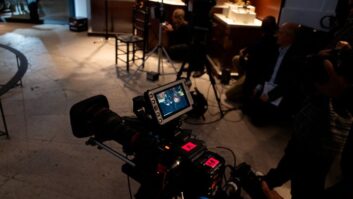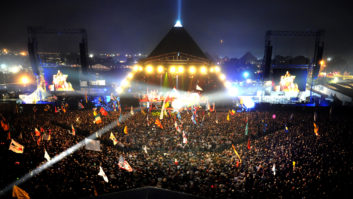In the last decade, many countries have finalised their digital switchover or are about to do it, moving from the analogue past into a digital future of new entertainment experiences and global events in HD and Ultra HD. A number of countries are putting their foot down to complete the transition by 2015, but likely the years after 2015 will be intense for some countries in Europe and many more in Asia, America and Africa in terms of DTT deployments.
What are the lessons to learn for these countries from the DTT pioneers? Definitely they will benefit from the maturation and evolution of technology, and many of them have chosen DVB-T2 instead of DVB-T. Also, energy consumption is now clearly identified as a key factor for the long-term sustainability of infrastructure and Doherty technology has become a de facto standard for DTT Transmitters.
At the same time, these DTT operators face the challenges of consumers demanding more and more content with high picture quality and available to the entire population (implying hundreds of low power sites throughout a country, many of them placed in very remote locations). And all this is happening at a time when the broadcast industry is just emerging from the doldrums of the global economic crisis, forcing limited budgets for DTT infrastructures.
In this scenario, the relevance and need for costs reduction, compactness, robustness and ease of operation and maintenance of low and medium power DTT transmitting equipment becomes visible and critical.
Since TRedess was born in 2003, as a DTT equipment manufacturer specialised in low power, we have been working day by day with customers to help them reach their goals of full coverage. Making use of TRedess’ experience in DTT deployment projects worldwide – with more than 14.000 low power transmitters and gap filler in the field, and responding to those demands on the market – we have developed the TRedess Fourth Series, our new family of standalone UHF transmitters and gap fillers up to 350W.
Fourth Series, which we are presenting at IBC, keeps the symbols of identity of TRedess products: (70W in 1U, 150W in 2U, 350W in 3U including IP and SAT input and integrated GPS), flexibility and cutting-edge technology, which means DVB-T2 multiple PLP, SFN regenerative transposers, SFN gap-fillers with our Doppler Enhanced Echo Canceller (best echo canceller in the market) and Doherty amplifiers.
On top of that, Fourth Series includes features designed to increase system robustness and reliability such as built-in 1+1 redundancy and self-routing capability (no need of routing device), and also to make operation and maintenance smart by changing and optimising channel and output power.
Both DTT network operators starting to build their infrastructure and those entering into extensions of coverage phases should have these aspects and TRedess solutions in mind, so we encourage them to come see the Fourth Series demo at our booth and experience its high performance and innovative features.






